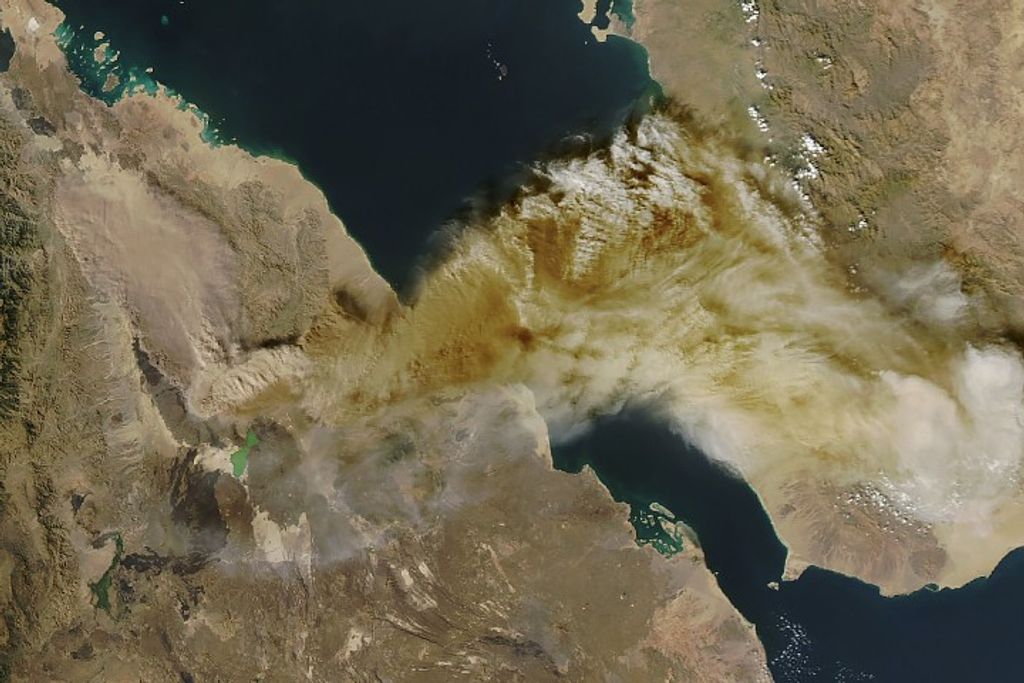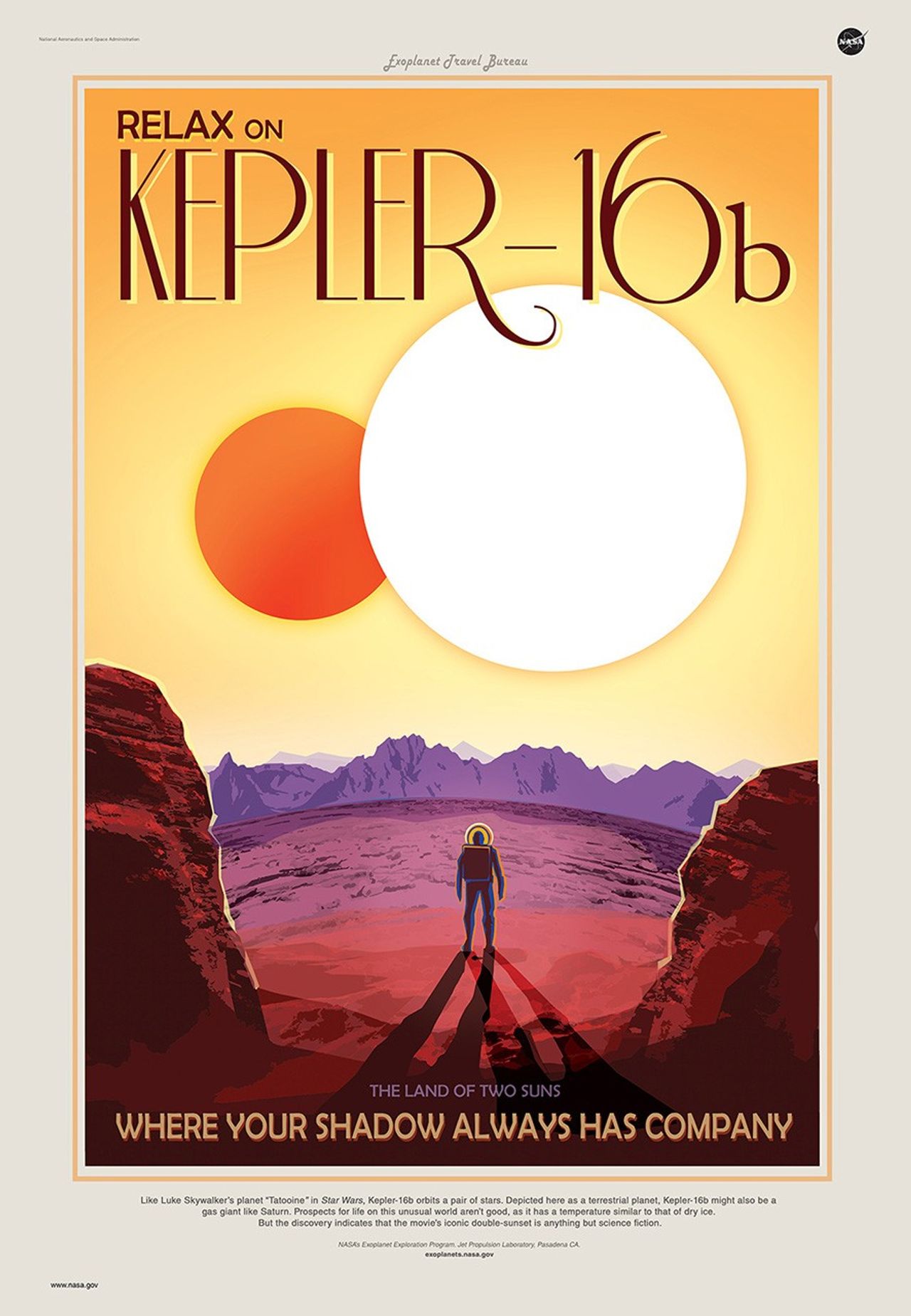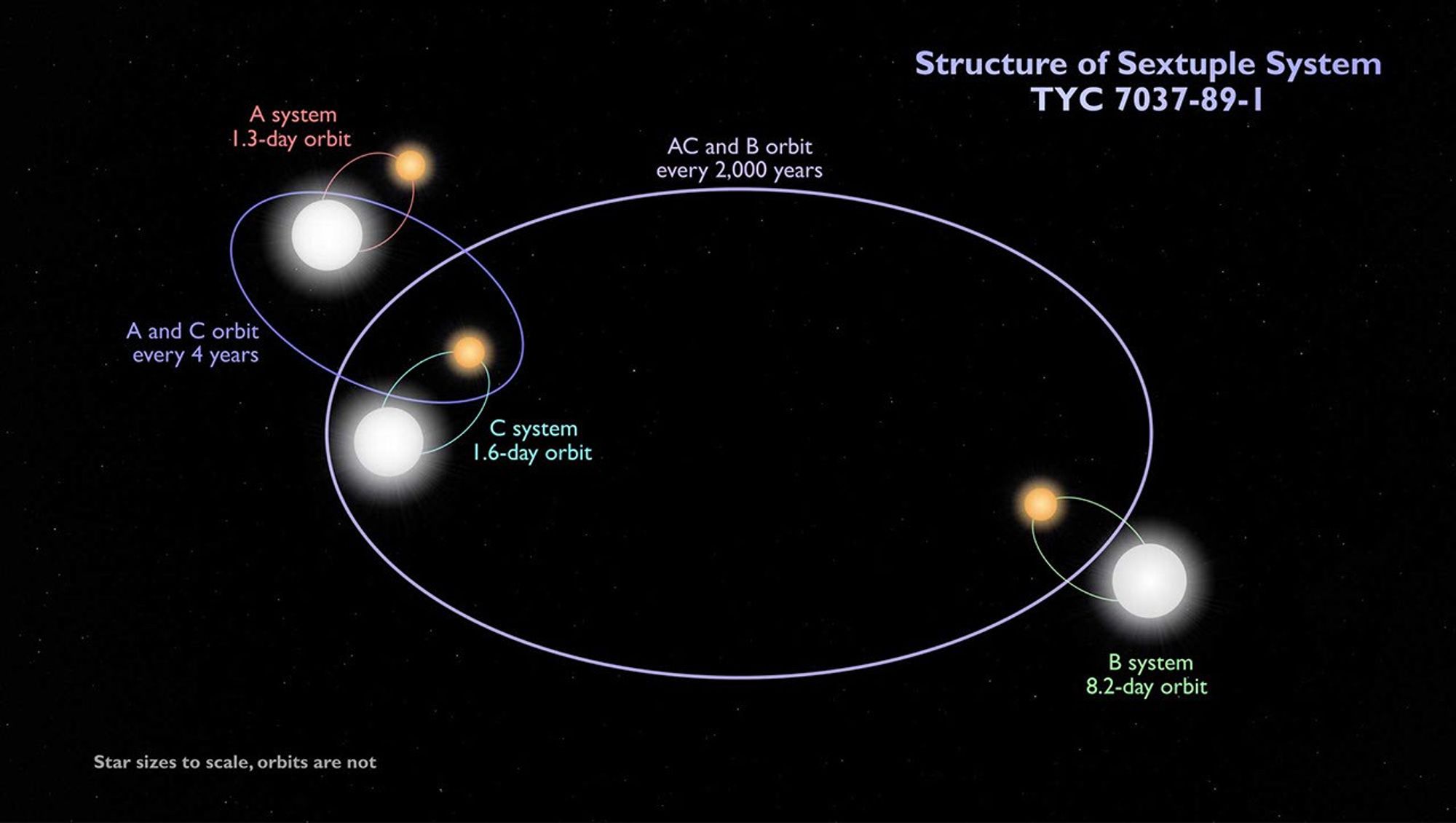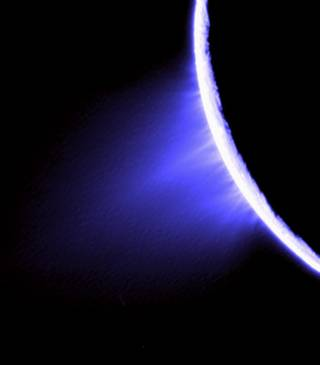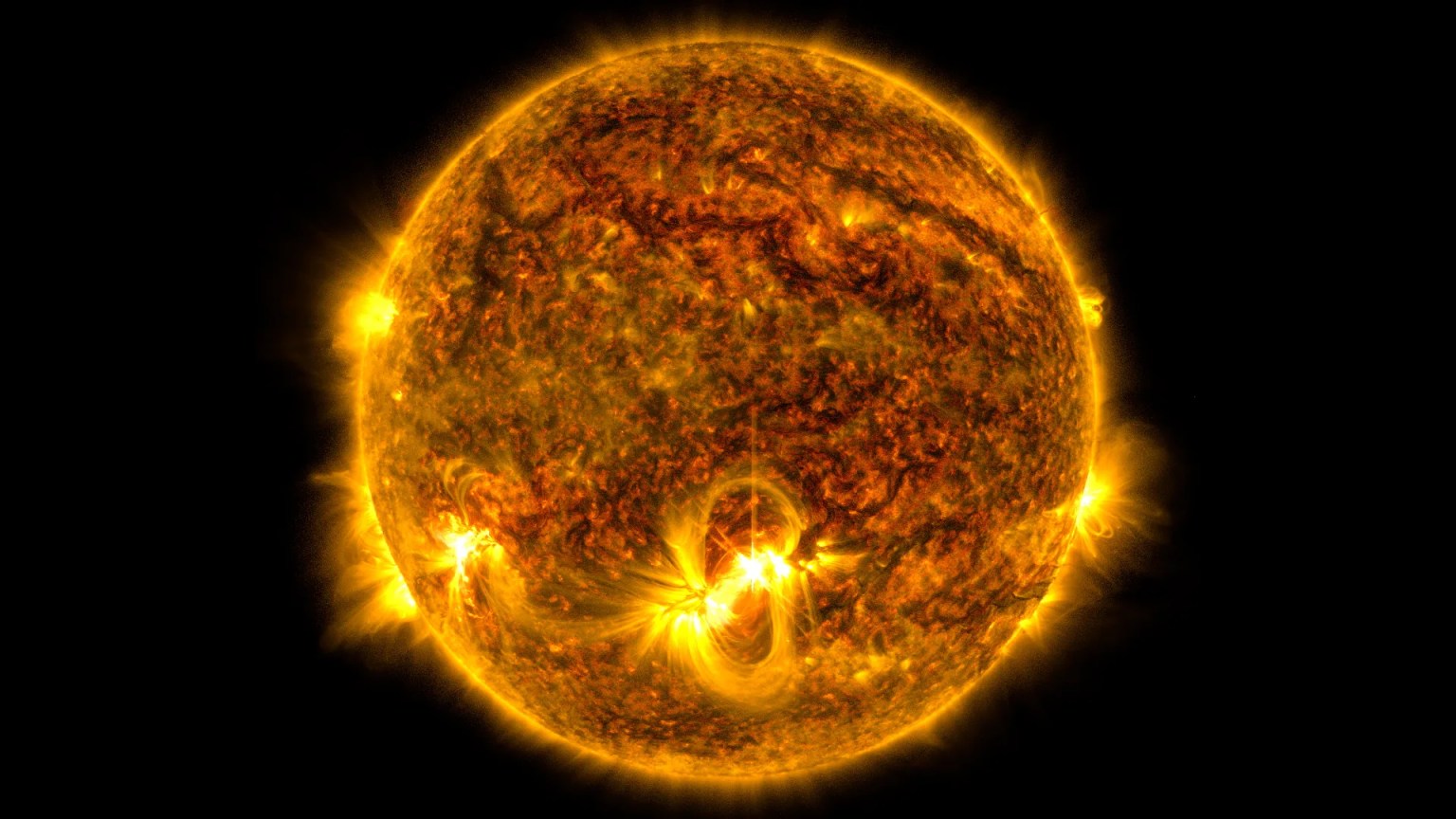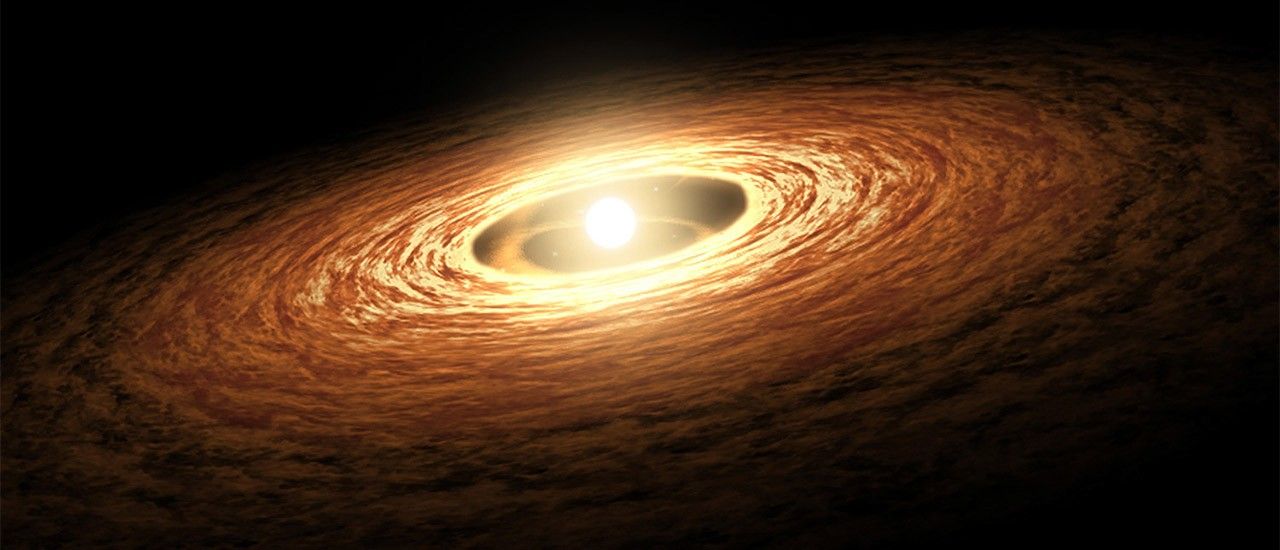Other Stars, Other Worlds
A Near-Twin of Our Solar System? Let's Take a Closer Look
More than 2,500 light-years away from our Sun and its family of planets is a different family – a Sun-like star with a planetary entourage of eight. It’s the only system known so far with a planet count that matches our own.
The similarities don’t stop there. The innermost planets in this system are small and rocky, while the planets orbiting farther out are large and gaseous. That also seems to mirror our system, with Mercury, Venus, Earth, and Mars in closer orbits, and gas giants Jupiter, Saturn, Uranus, and Neptune making up the outer solar system.
The differences between our system and Kepler-90, however, appear to be an unbridgeable gulf.
First, Kepler-90 is a far more compact system than our Sun and its planets. All eight of its planets would just fit inside the orbit of Earth in our system. That means these planets orbit their star much more tightly than ours; and that, in turn, means the rocky, inner planets are thoroughly cooked and far too hot to make anyone’s list of potentially habitable worlds.
Most experts also consider gas giants to be unlikely places for life-forms to thrive (although temperate, rocky moons – as in the movie “Avatar” – can’t be ruled out).
More than 2,500 light-years away from our Sun and its family of planets is a different family – a Sun-like star with a planetary entourage of eight. It’s the only system known so far with a planet count that matches our own.
The similarities don’t stop there. The innermost planets in this system are small and rocky, while the planets orbiting farther out are large and gaseous. That also seems to mirror our system, with Mercury, Venus, Earth, and Mars in closer orbits, and gas giants Jupiter, Saturn, Uranus, and Neptune making up the outer solar system.
The differences between our system and Kepler-90, however, appear to be an unbridgeable gulf.
First, Kepler-90 is a far more compact system than our Sun and its planets. All eight of its planets would just fit inside the orbit of Earth in our system. That means these planets orbit their star much more tightly than ours; and that, in turn, means the rocky, inner planets are thoroughly cooked and far too hot to make anyone’s list of potentially habitable worlds.
Most experts also consider gas giants to be unlikely places for life-forms to thrive (although temperate, rocky moons – as in the movie “Avatar” – can’t be ruled out).
Kepler-90 could well have more to teach us about how systems like ours form and perhaps how gravitational relationships among planets become established. But unlike ours, this system appears to be devoid of habitable conditions. To find a true twin to our system, we’ll have to look elsewhere.Kepler-90 could well have more to teach us about how systems like ours form and perhaps how gravitational relationships among planets become established. But unlike ours, this system appears to be devoid of habitable conditions. To find a true twin to our system, we’ll have to look elsewhere.









